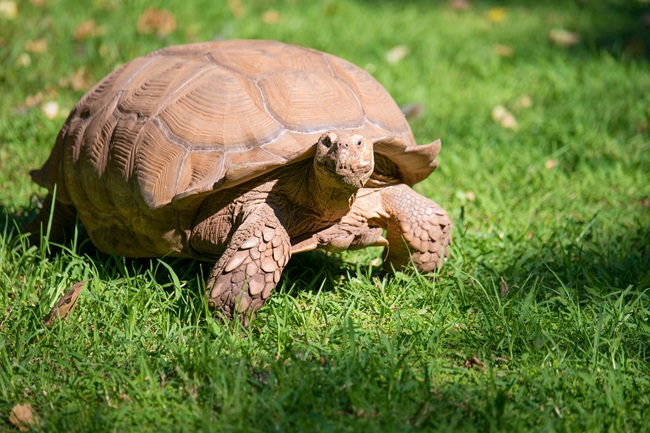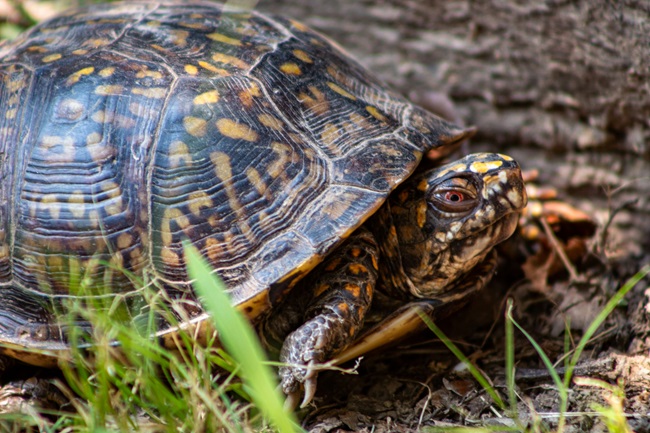Tortoises and turtles are both fascinating creatures that belong to the reptile order Testudines. While they share similarities, such as having protective shells and laying eggs, they are distinct in several ways. Understanding the differences between these two groups can help clarify their unique adaptations and lifestyles.


Habitat
The primary distinction between tortoises and turtles lies in their habitat:
Tortoises
These reptiles are primarily land-dwellers. They thrive in dry, terrestrial environments such as deserts, grasslands, and forests. Tortoises rarely venture into water and are not adapted for swimming.
Turtles
Turtles are closely associated with aquatic environments. Depending on the species, they may live in freshwater rivers, lakes, ponds, or even the ocean. Many turtles split their time between land and water, but they are generally strong swimmers.
Shell Structure
The structure and shape of their shells also highlight their differing lifestyles:
Tortoises
Tortoises have dome-shaped, heavy shells that provide robust protection from predators. The shell’s design is suited for land-based movement and durability.
Turtles
Turtles possess flatter, streamlined shells that help reduce resistance in the water, enabling them to swim efficiently.
Limbs and Movement
The physical adaptations of their limbs further reflect their environmental preferences:
Tortoises
Tortoises have sturdy, column-like legs with rounded feet. These limbs are ideal for walking on rough terrain and digging burrows.
Turtles
Most turtles have webbed feet or flippers, depending on whether they live in freshwater or marine environments. These adaptations make them excellent swimmers but less adept at moving on land.
Dietary Habits
Although both tortoises and turtles are omnivores, their diets often vary:
Tortoises
Being land-dwellers, tortoises primarily consume plants, including grasses, fruits, and vegetables. Some may occasionally eat insects or carrion.
Turtles
Turtles’ diets are more diverse and depend on their aquatic habitat. They often eat a mix of aquatic vegetation, fish, insects, and other small creatures.
Lifespan
Both tortoises and turtles are known for their longevity, but tortoises generally outlive turtles:
Tortoises
Many tortoise species can live well over 100 years, with some individuals exceeding 150 years.
Turtles
While some turtles can live long lives (often 20-80 years depending on the species), their lifespans are typically shorter than those of tortoises.
Reproductive Behavior
Both animals lay eggs, but their nesting habits differ:
Tortoises
Tortoises dig nests in the ground and lay their eggs in shallow burrows. The hatchlings must fend for themselves from birth.
Turtles
Female turtles often travel to sandy beaches or muddy riverbanks to lay eggs, even if they primarily live in water. Some marine turtles undertake long migrations to return to their natal beaches.
Distribution
Tortoises and turtles are found in various regions worldwide, but their distributions vary:
Tortoises
Found primarily in Africa, Asia, and the Americas, tortoises are adapted to terrestrial habitats.
Turtles
Turtles are widespread, inhabiting both freshwater and marine environments across the globe.
Conclusion
While tortoises and turtles share a common ancestry, their unique adaptations illustrate how species evolve to thrive in specific habitats. Tortoises, with their land-oriented traits, and turtles, with their aquatic adaptations, demonstrate the diversity within the reptile order Testudines. Whether you’re observing a slow-moving tortoise in a desert or a graceful turtle swimming in the ocean, both animals offer a glimpse into the marvels of evolution and nature.


Comment here